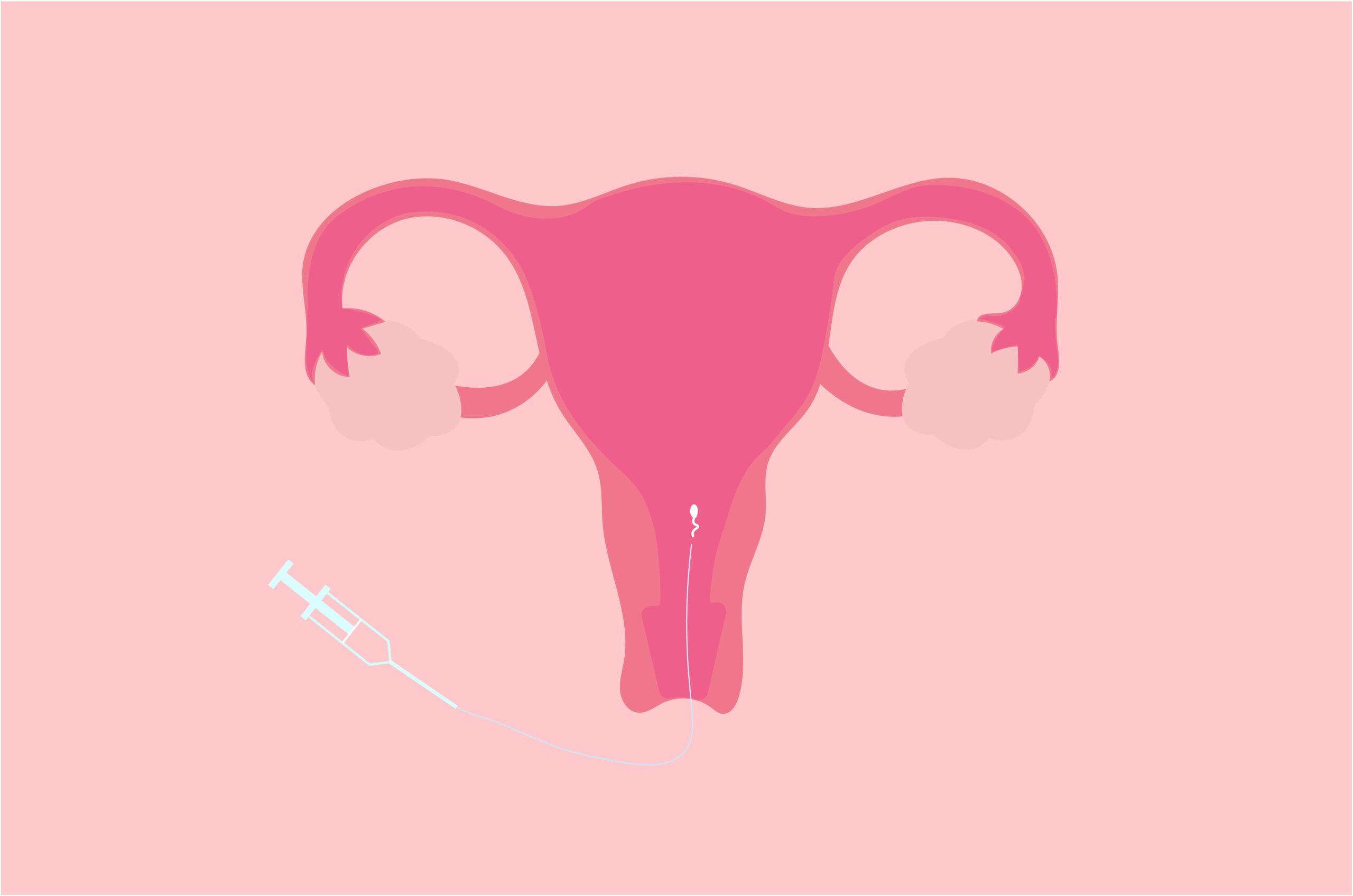
Vejthani Hospital’s V-Fertility Center has an IUI clinic in Bangkok that offers hope for women and couples struggling to conceive. We’ll explain the process of intrauterine insemination in detail and list the infertility conditions that IUI can help with.
IUI is a type of artificial insemination that was developed to be used in coordination with a woman’s fertility cycle. Sperm that have been washed and concentrated to provide the best chances of impregnation are placed directly in a uterus at the same time the ovary produces one or more eggs. The hope is that the concentration of sperm is enough to cause at least one of them to enter the fallopian tubes and fertilize a waiting egg.
How IUI is Performed
Timing is always critical in IUI procedures. The woman will be monitored to determine her ovulation schedule. She may use an at-home urine ovulation predictor kit showing when her body releases a surge of luteinizing hormone (LH). Or the doctor may use an imaging method that lets them visualize the ovaries and egg growth via transvaginal ultrasound.
The woman also may be given an injection of human chorionic gonadotropin (HCG) or other medications to induce ovulation at the same time the prepared sperm sample is available.
The male partner typically provides a semen sample, although frozen sperm can also be used. All semen contains non-sperm elements that can cause reactions in a woman’s body that can interfere with the fertilization process. That’s why the sperm is washed using a method that rids the sample of all low-quality, slow-moving sperm and the other non-sperm elements. Only the highly-active, normal sperm are left to be injected during ovulation.
Most IUI procedures are done within a day or two of the doctor detecting ovulation in the patient. The visit in total, takes about 15 to 20 minutes2-3 hours, with the IUI procedure itself taking just a minute or two. The procedure is painless and doesn’t require any medication or pain relief. You simply lie on your back with your feet in stirrups, like you’re undergoing a gynecological exam. A vial containing the sperm sample is attached to the end of the long, thin, flexible catheter. The doctor inserts the end of the catheter into the vagina, through the cervical opening and into the uterus using a speculum. The doctor then pushes the sperm sample into the uterus and removes the catheter and the speculum.
The doctor will have you remain lying down for a few minutes to give the sperm the best chance to move into the fallopian tubes. After that, you’re free to go about your day as usual. You’re generally asked to wait two weeks before taking a home pregnancy test. Testing too soon could deliver a false-negative. This can happen when the hormones are not yet at measurable levels, even though you may actually be pregnant. The test could also deliver a false-positive. This can happen if you are taking HCG to induce ovulation. The test could pick up those medications and show that you’re pregnant when you’re not. Both situations can be distressing for women trying to conceive.
Viable Patients for IUI
IUI is one of the most popular methods of artificial insemination. It is used to overcome a number of fertility problems. These include situations where a woman wants to get pregnant using either frozen or fresh donor sperm, and there are no underlying medical problems. But it’s also useful when infertility is unexplained in a couple. This is usually the first method tried after a couple fails to conceive naturally.
IUI can also overcome the following:
- Endometriosis-related infertility. This is infertility related to endometriosis, a condition where tissue resembling the lining of the womb also grows on the ovaries or fallopian tubes. By injecting concentrated amounts of sperm, the sperm has more opportunities to reach the lining.
- Semen allergy. Occasionally a woman can develop an allergy to proteins in semen that can cause infertility. Redness, swelling and burning occur in the vagina wherever the semen touches the tissue. IUI removes a lot of these proteins by washing the sperm, which may ease the allergic reaction.
- Mild male factor infertility or subfertility. When the male has below-average sperm motility, preparing sperm can improve the chances of conception by removing the least likely sperm to cause conception.
- Ovulatory factor infertility. This refers to women who have problems with the process of ovulation, including those who produce a reduced number of eggs or experience an absence of ovulation. IUI increases the chances of conceiving for these patients.
- Cervical factor infertility. The mucus produced by the cervix at the time of ovulation provides the ideal conditions for sperm to travel from the vagina to the uterus. But if the mucus is too thick, it can impede the sperm’s travel. IUI solves this problem by bypassing the cervix altogether and depositing the sperm directly in the uterus.
IUI can help many couples and women conceive, but it’s not for every patient. IUI is not suitable for women with severe tubal blockage or damage, ovarian failure, severe endometriosis, or women over 41 35 years of age. It’s also not for couples where the male has severe male factor infertility.
But IUI is often the first step taken by people who turn to artificial insemination for help conceiving. If you’re having trouble conceiving, make an appointment at Vejthani Hospital’s V-Fertility Center in Bangkok and see if our IUI clinic can improve your chances of conception.

The team of specialists in obstetrics and gynecology and reproductive medicine





No Comments
Sorry, the comment form is closed at this time.